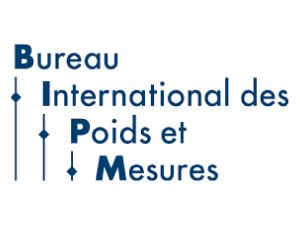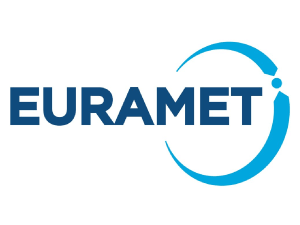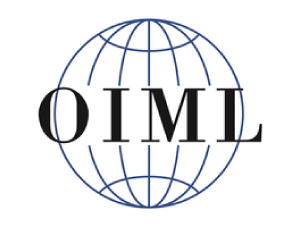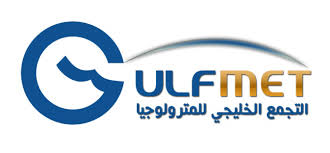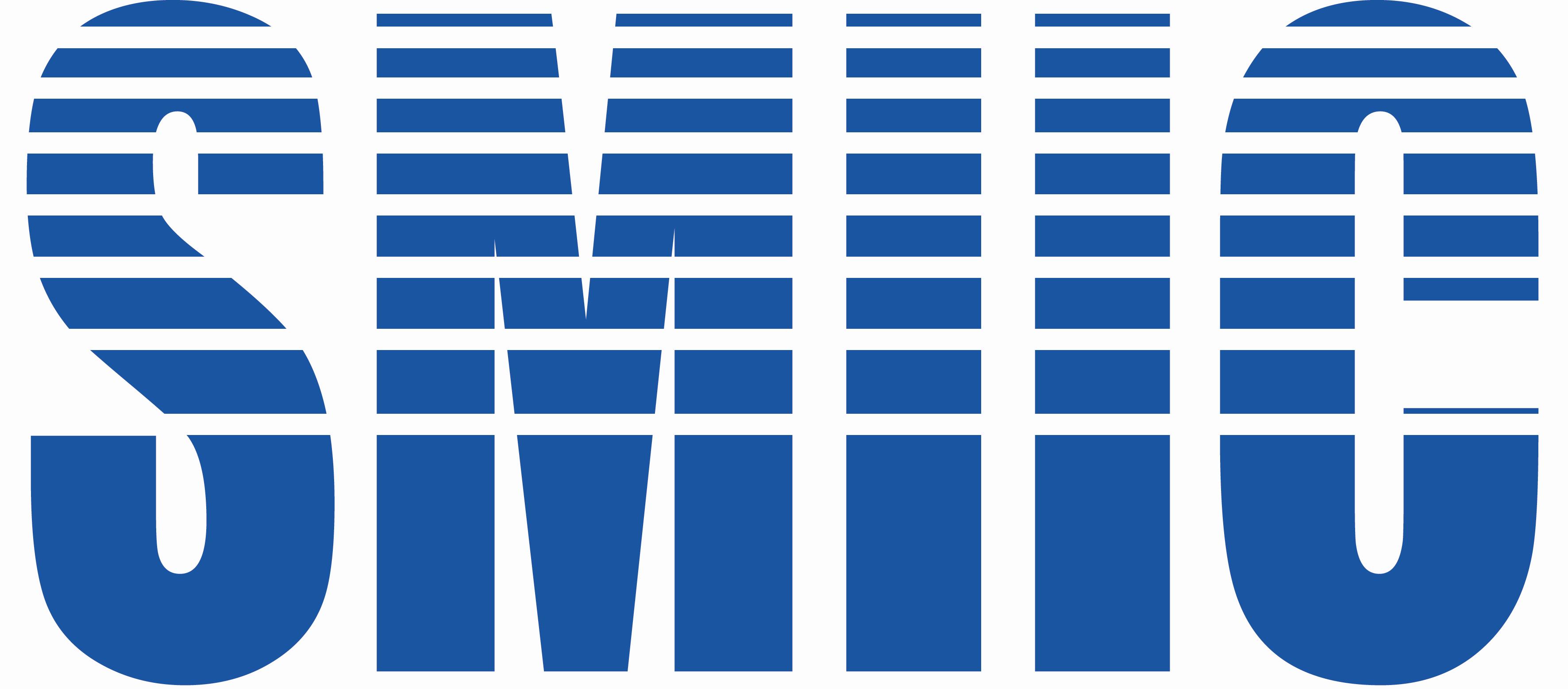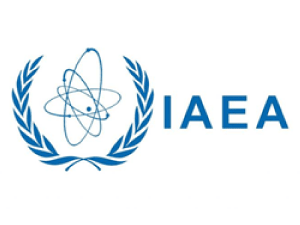
During the period from June 28 to July 2, 2021. experts from Vinča Institute of Nuclear Sciences visited the Laboratory for Ionizing Radiation of the Institute of Metrology (IMBIH SSDL) with the aim of performing joint activities within the EMPIR project 17RT01 DOSEtrace "Research capabilities for radiation protection dosimeters" which is coordinated by IMBiH.
The project is dedicated to strengthening the metrology capabilities of calibration laboratories for operational radiation protection quantities (Hp (0.07), Hp (3), Hp (10), H '(0.07), H' (3), H * 10)) with measurement uncertainty of 5% (k = 2) or less for the dose rate range from 0.05 μSv / h to 100 Sv / h in energy range of 5 keV - 7000 keV.
The joint work of SSDL Vinča and IMBiH SSDL consists of examining the influence of the reference fields spectra on the calibration of field class dosimeters used in radiation protection with a focus on the operational quantities Hp (10) and H* (10). Dosimeters were calibrated under reference conditions in Cs-137 and N-series X-ray beams in SSDL Vinča, and then in the same qualities in IMBiH SSDL. In the second phase, it is planned to continue the study in SSDL Vinča with IMBIH dosimeters of the same type, following the identical reference conditions of the stated protocol.
Certain differences in spectra between different laboratories are inevitable, but the effect on reference dose rates has also been well studied within the above-mentioned measurement uncertainty, which is confirmed by existing interlaboratory comparisons. However, many dosimeters of this class have low energy dependence, especially in the energy range below 100 keV, which could cause large differences in the calibration factors determined in different calibration laboratories under nominally the same conditions. This may also have implications for testing or verifying the dosimeters.
Preliminary results of this work obtained in two different calibration laboratories will be presented. Detailed results of this comparison will be available after the publication of the paper in one of the scientific journals.
With this research, as well as work on other projects, IMBIH SSDL continues its long-term cooperation with the Vinča Institute of Nuclear Sciences.
